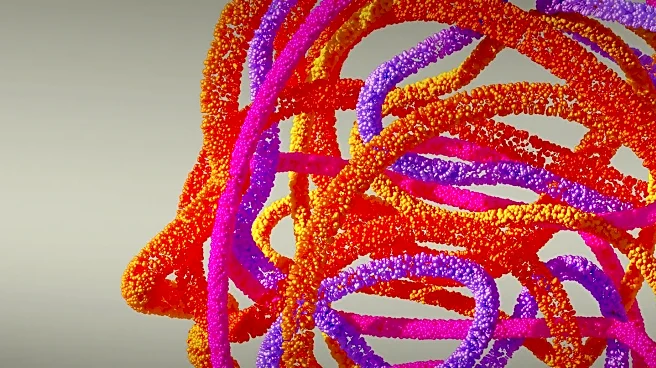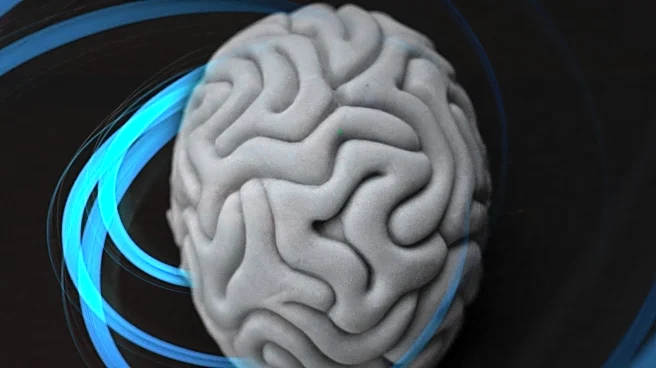What's Happening?
Recent research has highlighted the role of vasomotion in regulating cerebral blood flow. The study examined vasomotion in cerebral vessels of mice, both awake and anesthetized, revealing that vasomotion frequency
components correspond to genuine heartbeat and respiratory rhythms. The findings suggest that vasomotion can serve as a sensitive biomarker for heartbeat and respiratory function. The study also explored the impact of anesthesia on vasomotion, noting significant changes in frequency and amplitude, which could affect cerebral blood flow regulation.
Why It's Important?
Understanding vasomotion's role in cerebral blood flow is crucial for developing treatments for neurological conditions and improving brain health. This research could lead to new diagnostic tools and therapeutic strategies for conditions like stroke and dementia, where blood flow regulation is compromised. The findings may also influence anesthesia practices, highlighting the need to consider vasomotion effects during surgical procedures.
What's Next?
Further research is needed to explore vasomotion's potential as a diagnostic tool and its implications for neurological health. Clinical studies could investigate vasomotion in human subjects, assessing its utility in monitoring and treating brain-related conditions. The development of non-invasive techniques to measure vasomotion could enhance its application in clinical settings.
Beyond the Headlines
The study underscores the complex interplay between cardiovascular and neurological health, suggesting that interventions targeting vasomotion could have broad implications for brain health. This highlights the importance of interdisciplinary research in advancing our understanding of physiological processes and their impact on health.











